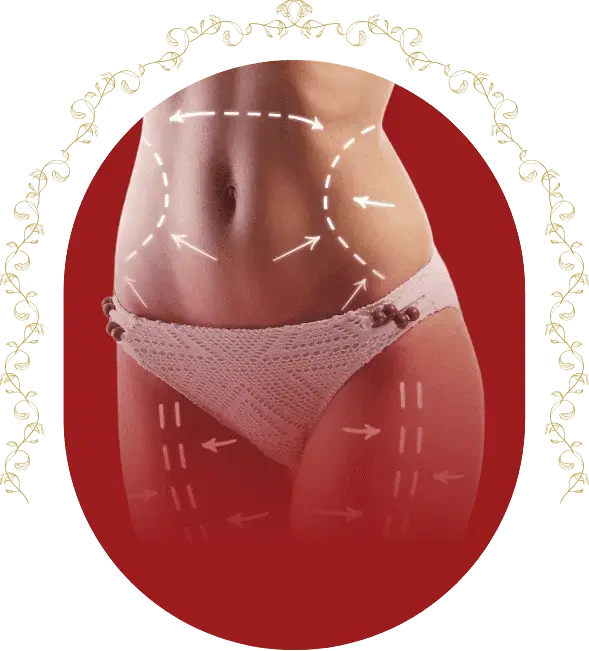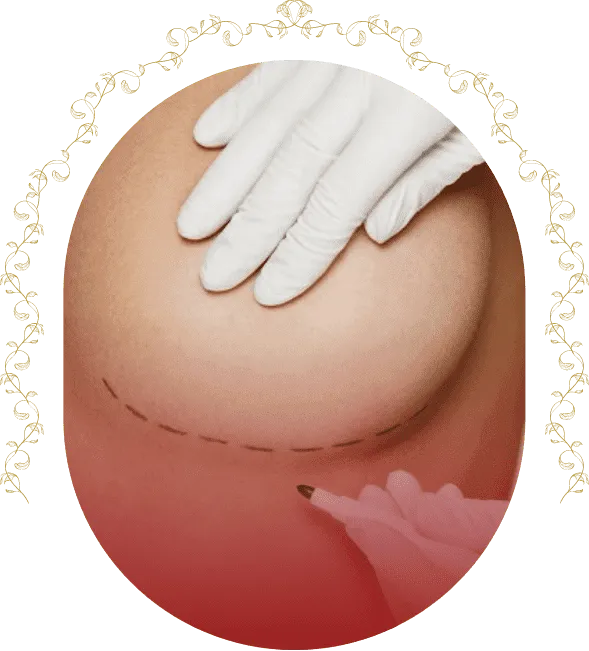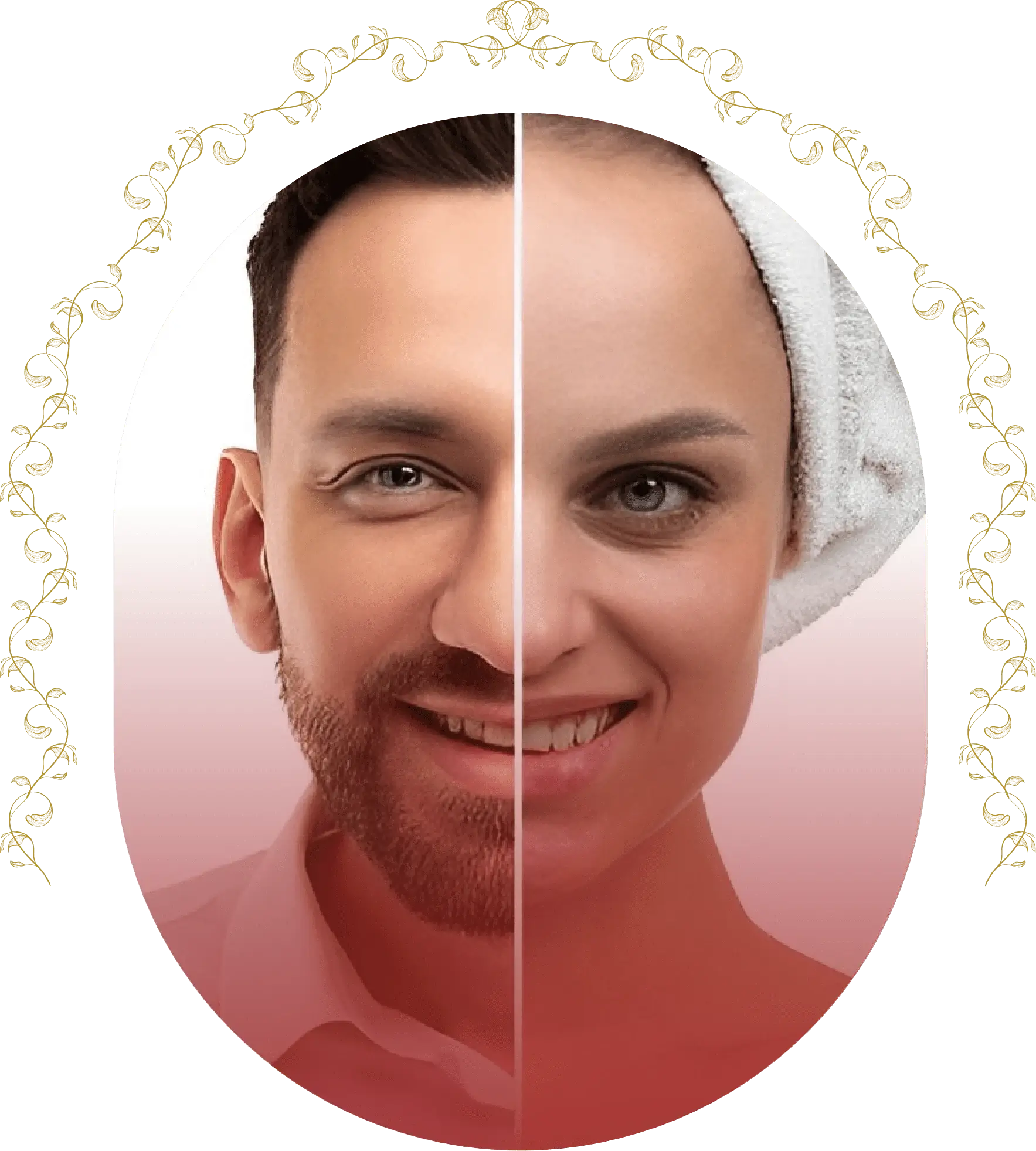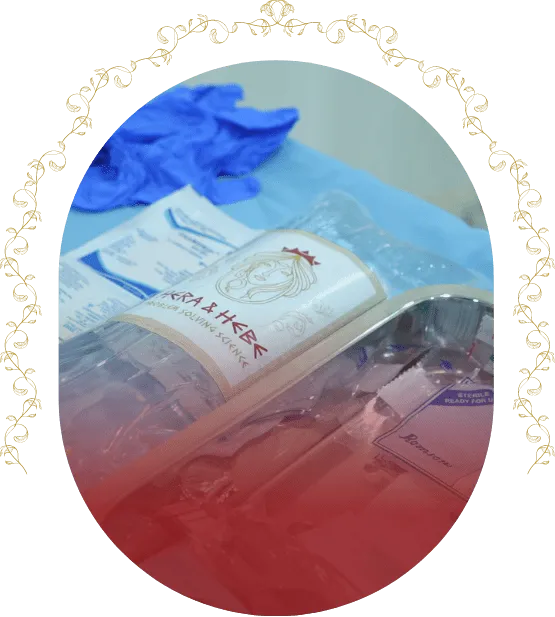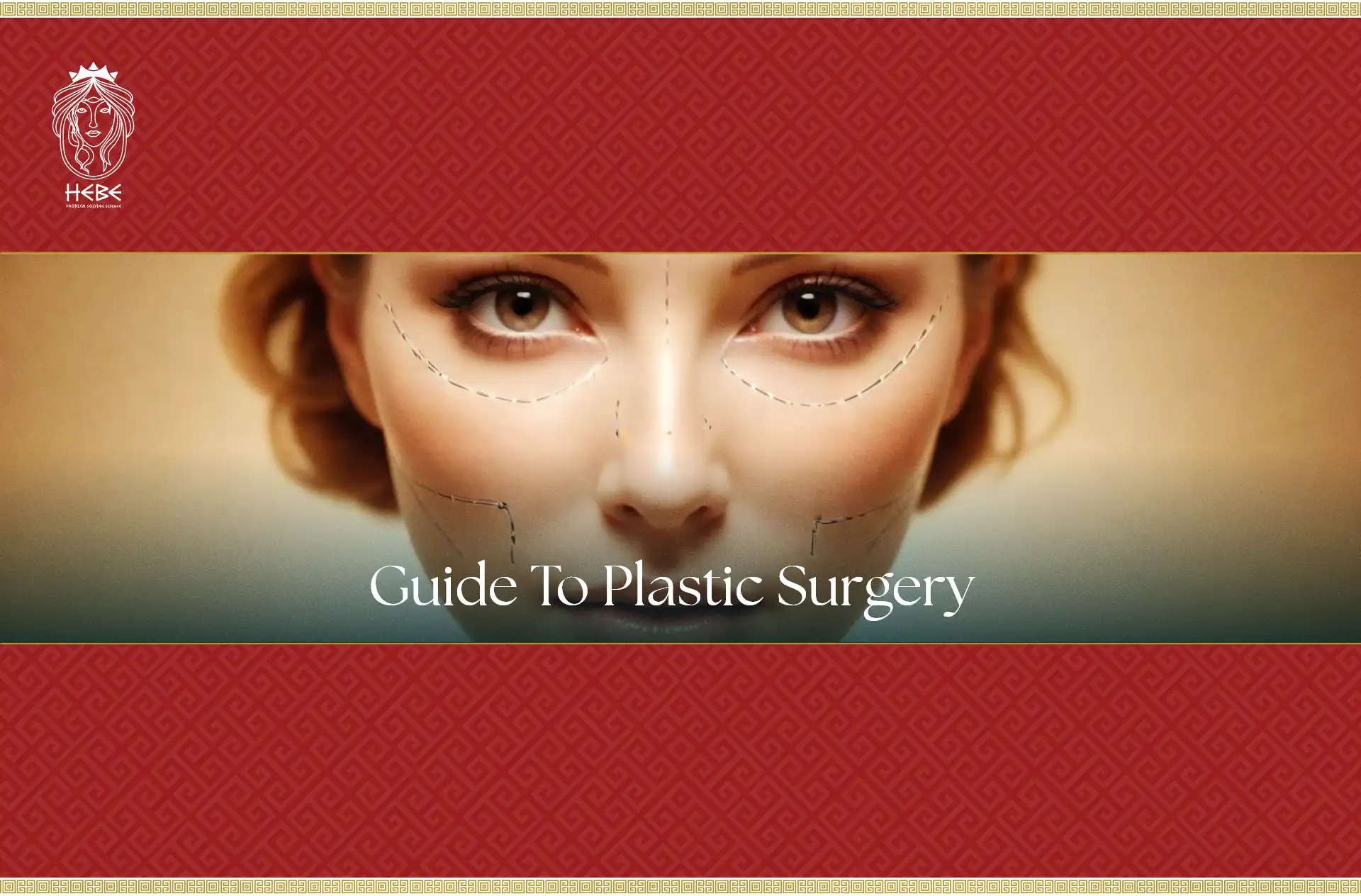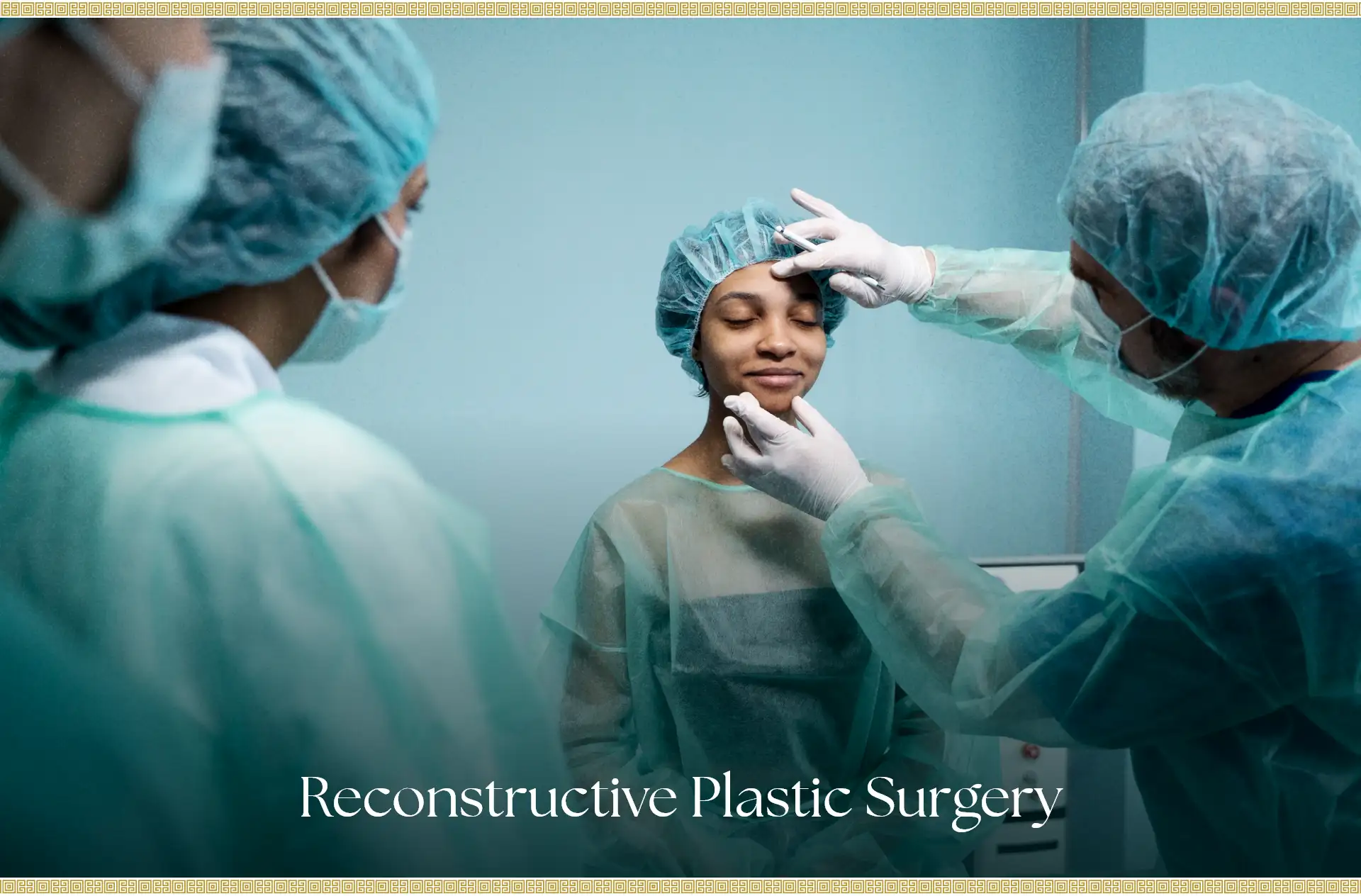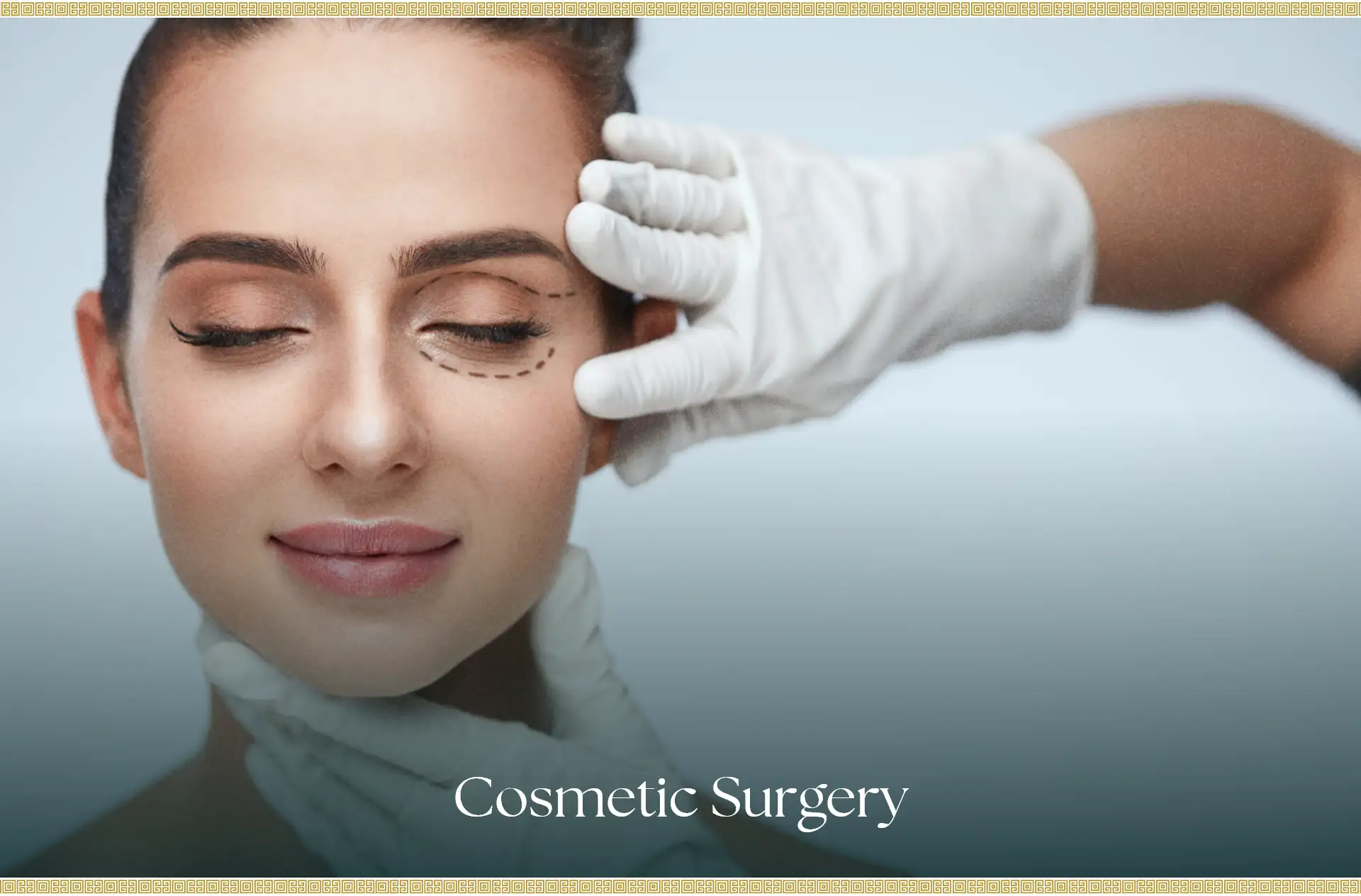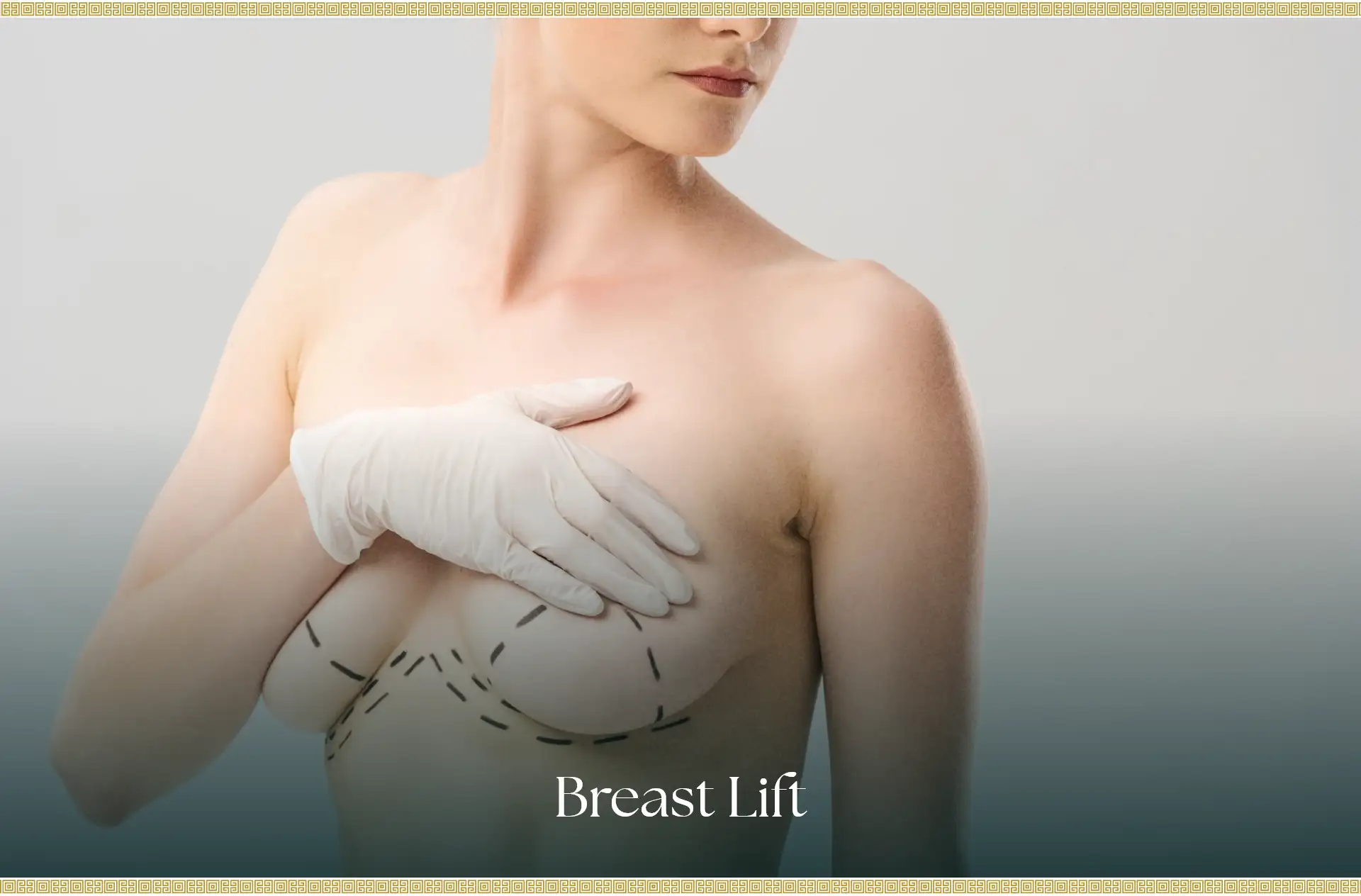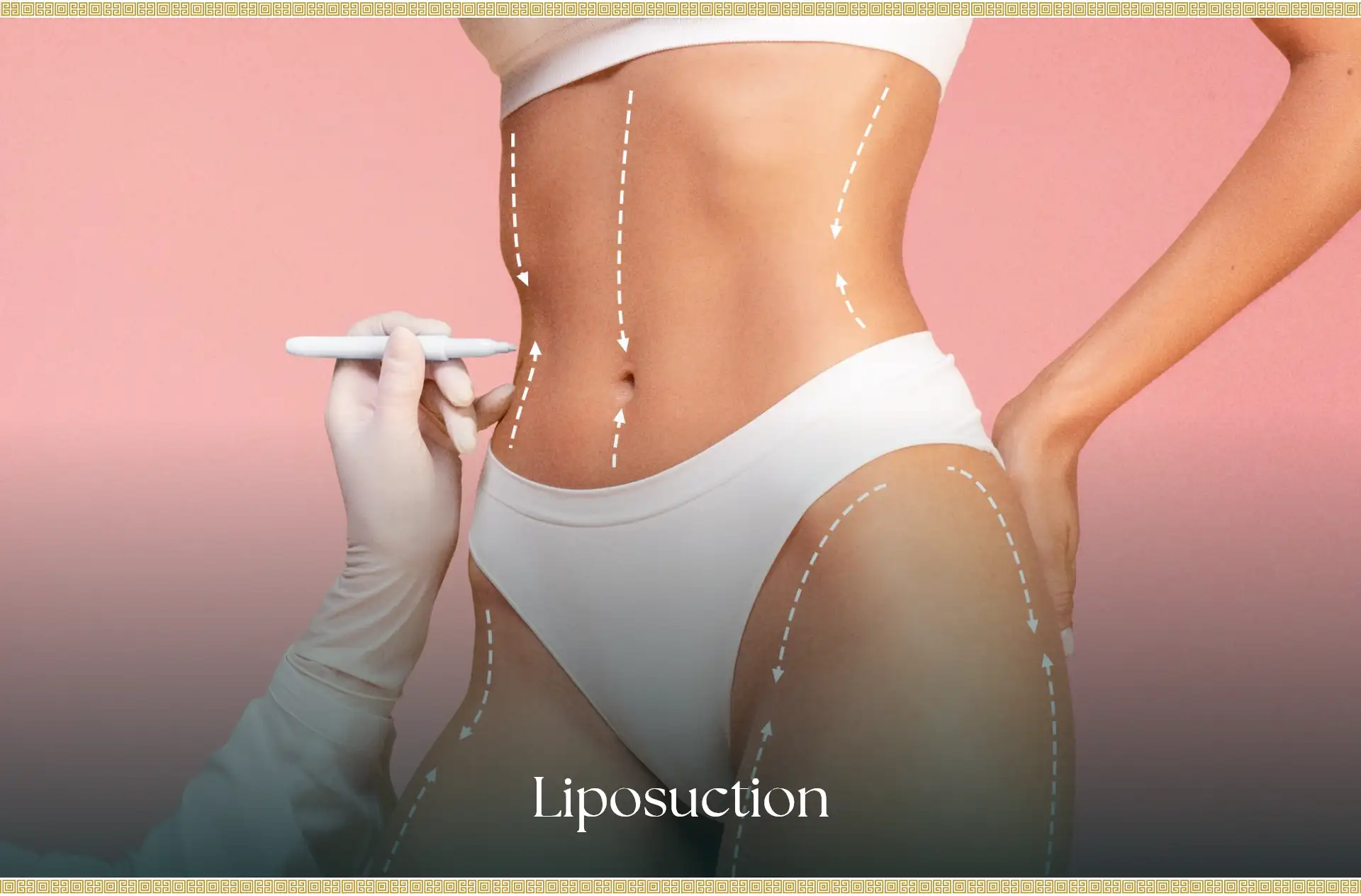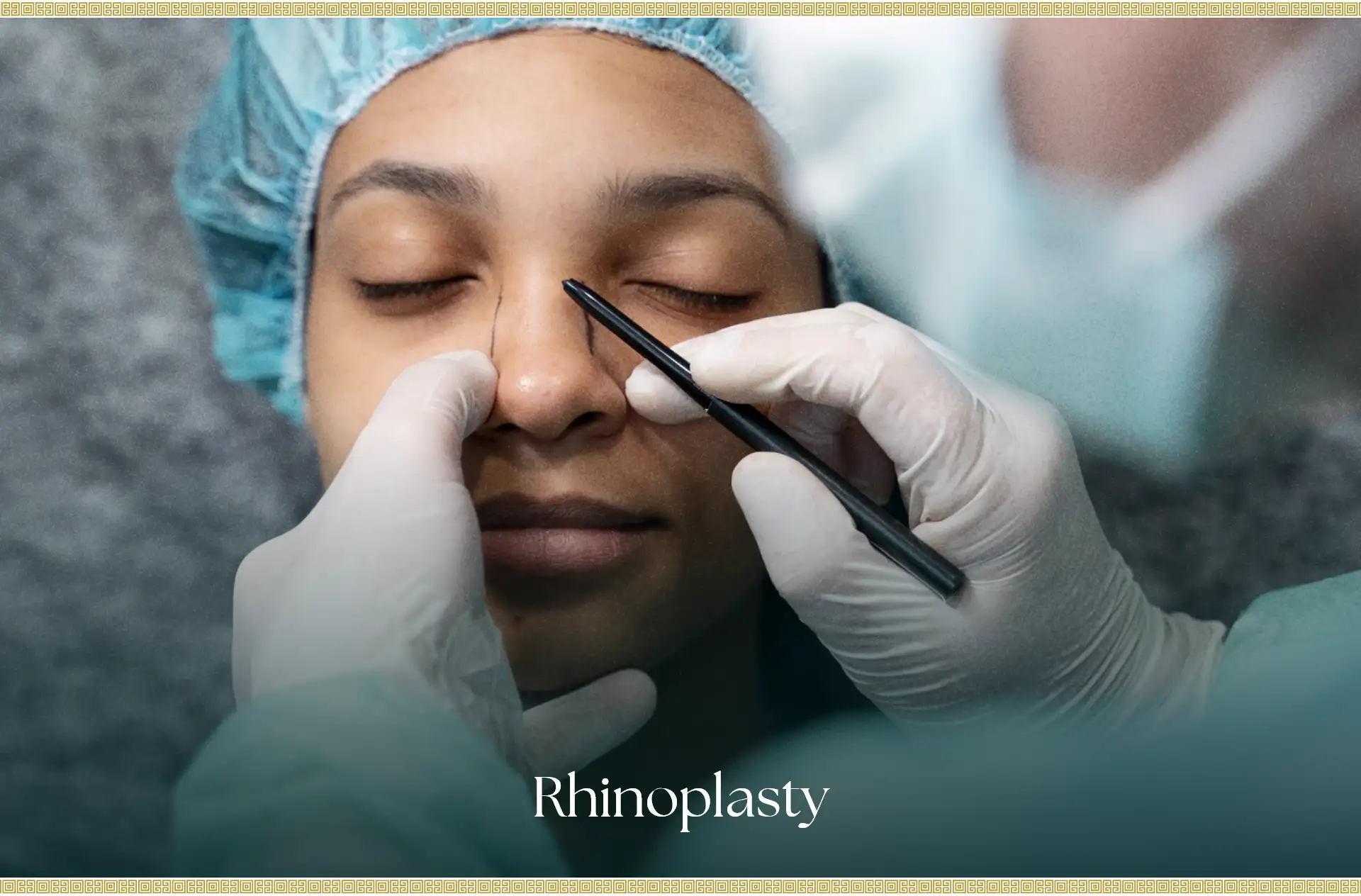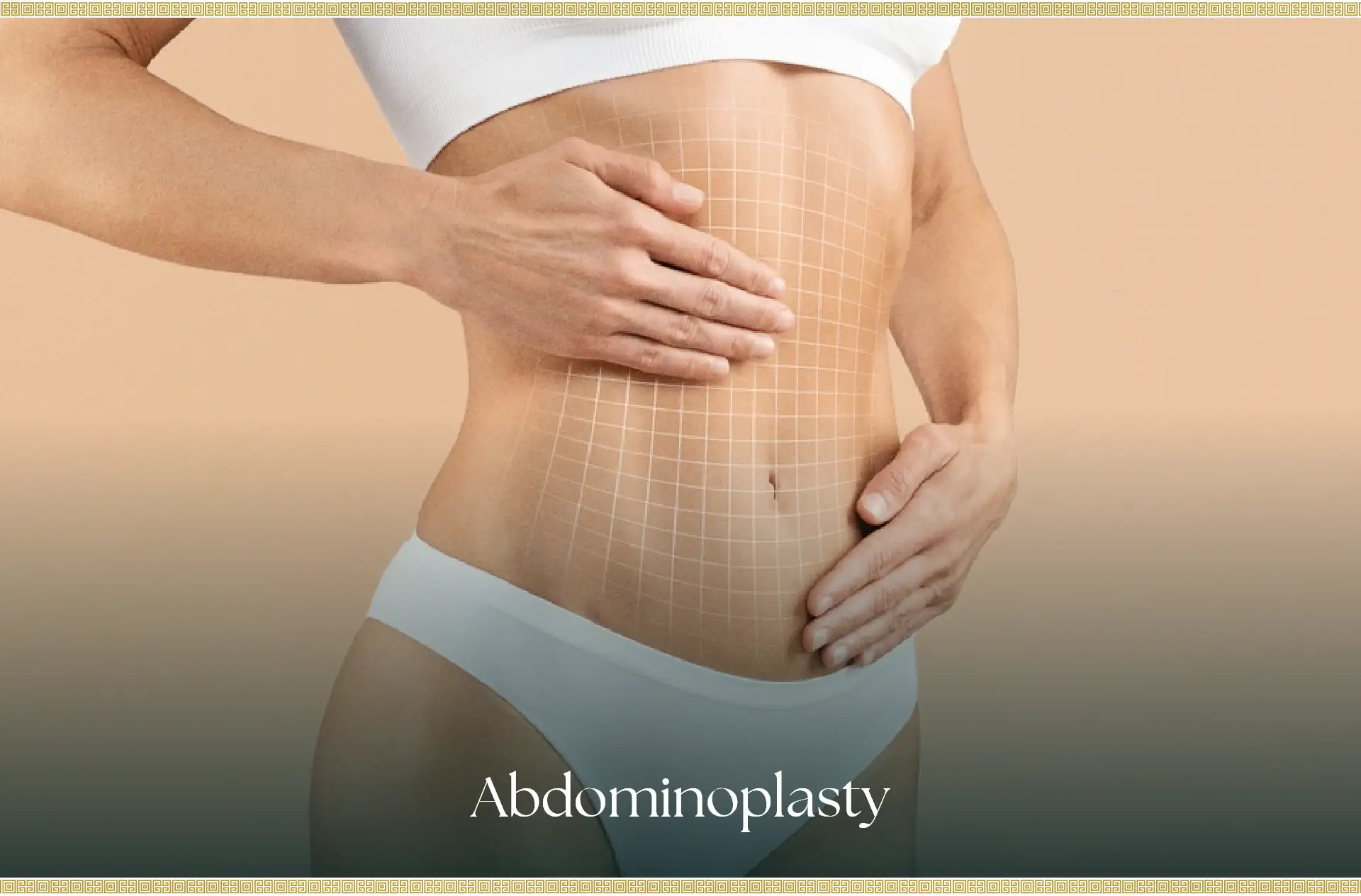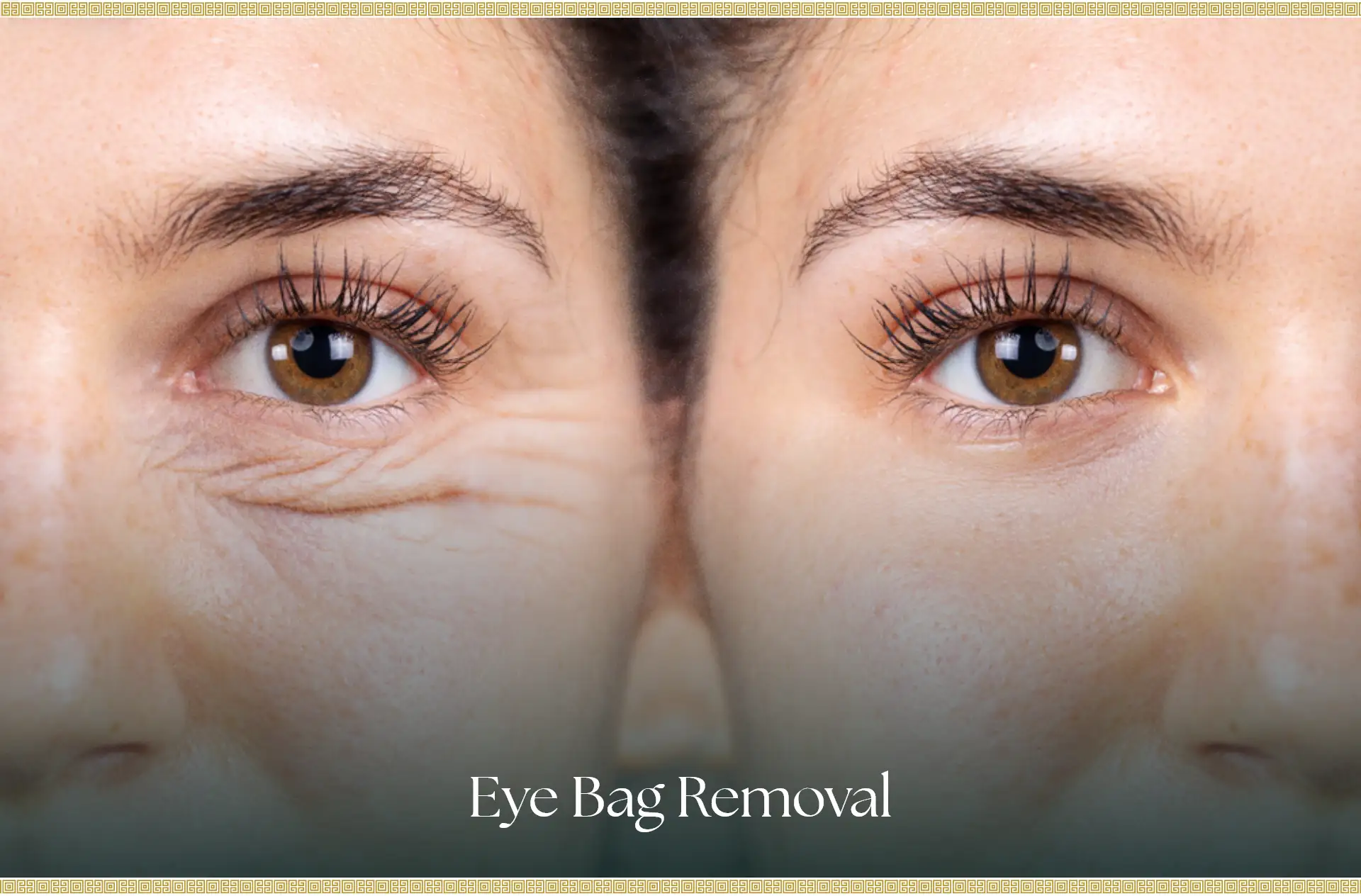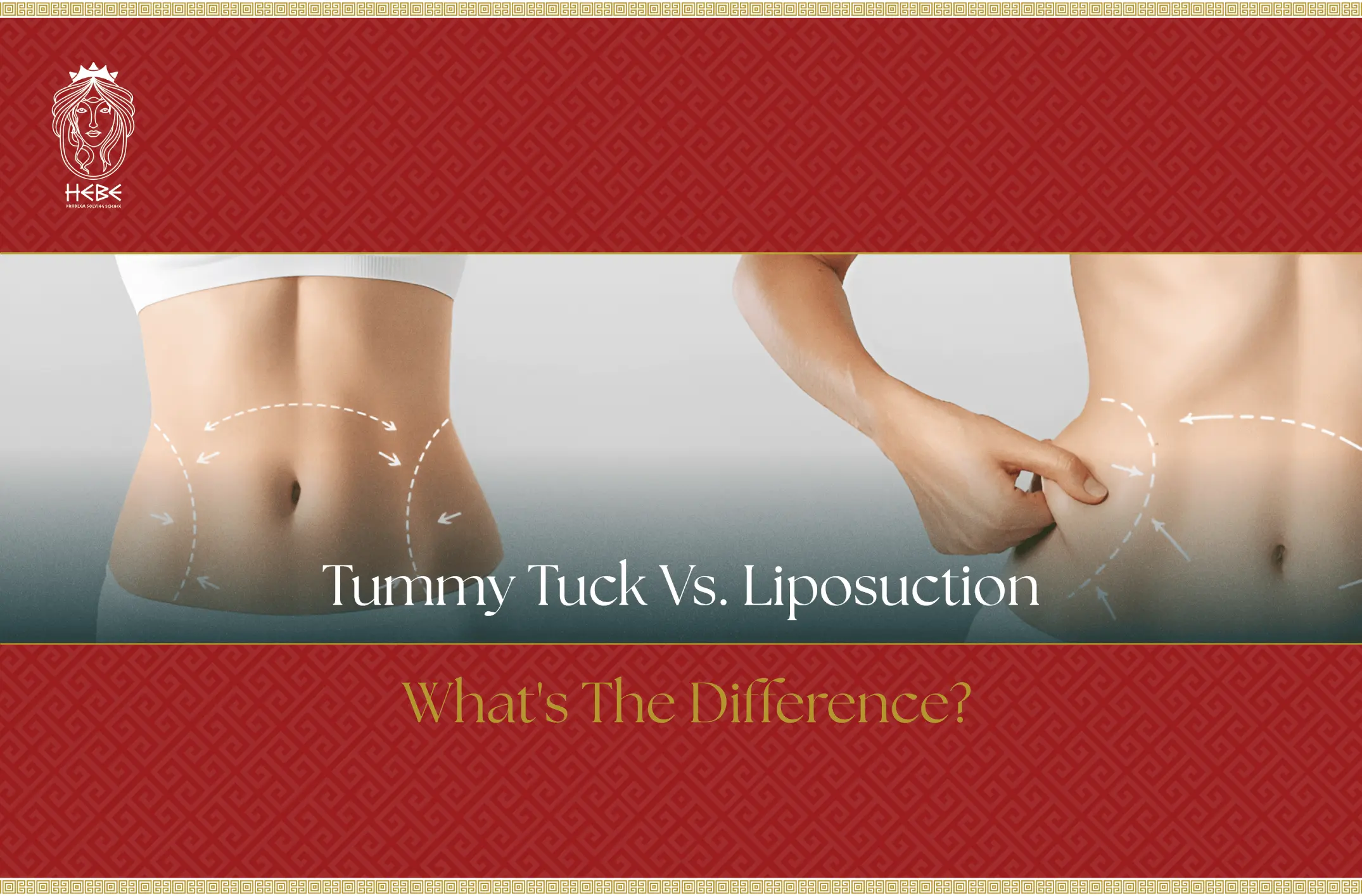Non-Surgical Rhinoplasty vs. Surgical Rhinoplasty
Rhinoplasty procedure, or nose job, as we also know it, is one of the most fundamental formsof plastic surgery as we know it. Despite all advacements in surgical technology, people are increasingly getting inclined to find avenues that are non-invasive in nature but can reshape their nose effectively.
Non-surgical rhinoplasty, or liquid rhinoplasty, has become one of the preferred options for people when looking at non-surgical rhinoplasty. Liquid rhinoplasty also smoothens out the bumps and overall structure of your nose, but it is done temporarily and the recovery time is minimal as well.
In this post, we will be comparing non-surgical (liquid) rhinoplasty with surgical rhinoplasty with the pros and cons of each.
Difference Between Surgical and Non-Surgical Rhinoplasty
Before you decide on going for either surgical or non-surgical rhinoplasty, you need to understand the differences between the two procedures. While surgical rhinoplasty involves making incisions to the skin and changing the shape of the nose structure, non-surgical rhinoplasty offers a less-invasive option for those looking for a way to change, alter, or enhance the appearance of their nose.
What is Liquid Rhinoplasty?
While traditional rhinoplasty is a surgical procedure, liquid rhinoplasty is its non-surgical counterpart that aims to address issues like asymmetry, a drooping nose tip, as well as a small bump for a
short-term basis.
In this procedure, the surgeon injects fillers into the nose of the patient for improving the nose contour and reshaping it. Hyaluronic acid (HA) is used for this process, which is the same kind of filler
that’s used in filling cheeks and lips.
HA has garnered a pretty positive reputation as being safe, effective, and a great alternative to surgery.
Pros of Liquid Rhinoplasty
Liquid rhinoplasty brings with it the following advantages and convenience:
- The process takes very less amount of time, that is, around 15 minutes. It’s a much quicker process when you compare it with around 4 hours of surgical rhinoplasty.
- The results of liquid rhinoplasty are immediate, and the recovery time is very minimal. You can get back to the normal routine on the
same day. - Liquid rhinoplasty doesn’t involve the administration of anaesthesia, which means that you are awake during the
procedure. - If this rhinoplasty is done using the hyaluronic acid or HA, you can even get it reversed in case of an improper surgery. Your surgeon can get it done by using injections to dissolve the filler.
Cons of Liquid Rhinoplasty
Despite advantages, liquid rhinoplasty comes with its fair share of issues as well. They are:
- The results of liquid rhinoplasty are temporary, meaning that if you’re looking to keep your existing form of nose for a long time, you’ll be required to keep going for the procedure consistently.
- Some studies have also demonstrated a lot of vascular issues, such as the blockage of blood vessels.
- As arteries at the end of the nose are also connected to the eyes’ retina, potential blindness is another issue that can be caused after liquid rhinoplasty.
Pros of Surgical Rhinoplasty
As far as surgical rhinoplasty is concerned, the procedure has a few advantages. Here are a few of them:
- Multiple surgeries can be administered at the same time. For instance, you can even get chin augmentation alongwith the surgery of
your nose. - The results are permanent, which is unlike liquid rhinoplasty.
- Other than being a cosmetic procedure, surgical rhinoplasty can also improve breathing issues and other structural problems by reshaping the nose.
Cons of Surgical Rhinoplasty
Surgical rhinoplasty comes with its fair share of disadvantages, such
as:
- As the surgery involves making incisions to your nose, the risk involved automatically increases. From a numb nose, bleeding nose, infection, to side effects of the anaesthesia as well, it can pose trouble post-surgery.
- A surgical rhinoplasty can cost up to 5 times the cost of a liquid rhinoplasty procedure. What’s important to note here is that surgical rhinoplasty is a one-time process, while you need to go for liquid rhinoplasty time and again.
- In case you didn’t like the results from your surgical rhinoplasty, you need to wait for a significant amount of time, which is about a year, to go under the knife for a second one.
- The final results from your surgery could be delayed in being visible for a long time, till the swelling on your nose settles down.
Who Should Go For Liquid Rhinoplasty Procedure?
If you’re someone with small bumps in the nasal region, a bit of droop in the tip, as well as asymmetries in the nose, all these issues can be taken care of just with the liquid rhinoplasty procedure.
However, if you’re looking to get a solution for some drastic repair or alteration to your nose, then liquid rhinoplasty is not the right option for you.
Is Rhinoplasty Safe?
If we talk about liquid rhinoplasty, the rate of complications is very low. But, there’s also a need to understand that like any other surgical procedure, rhinoplasty too, comes with a fair bit of risks.
They could be:
- Bleeding
- Softness
- Permanent or temporary blindness
- Vascular occlusion
The Final Takeaway
Despite its set of potential issues that you might face after the surgery, for most part, liquid rhinoplasty is safe and fit as a fiddle for you. It can rightly be projected as the safest non surgical counterpart to traditional, surgical rhinoplasty.
The only thing that can pose to be troubling in the long-run is that you will be required to take regular sessions for keeping your look intact. This involves a cost, which is why, over a period of time, liquid rhinoplasty becomes a very expensive procedure.
This is why you should prefer going for a surgical rhinoplasty procedure, because everything is a one-time process, more or less. All you need to do is ensure that a board-certified surgeon is at the helm for your surgery, and you will be just fine. At Hera & Hebe, you can be assured of getting a team of board-certified experts for administering a safe, confident, and efficient rhinoplasty procedure.
Book your consultation for Rhinoplasty in Jaipur Today!



